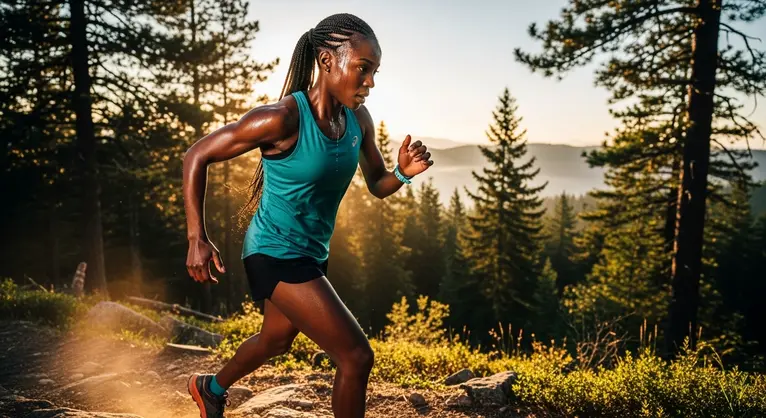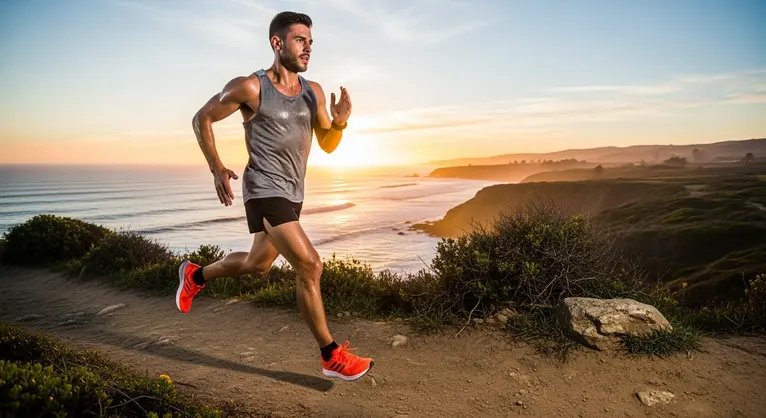How Sports Biomechanics Tools Can Revolutionize Your Injury Recovery and Prevention
Injury is every athlete’s nightmare, whether you’re a weekend runner or chasing a championship. But what if you could predict, prevent, and speed up your recovery using scientific tools once reserved for pros? Welcome to the game-changing world of sports biomechanics.
The Science of Biomechanics: Why Should You Care?
Biomechanics sounds technical—but at its core, it’s simply the science of how your body moves. Imagine having a “health detective” analyzing each stride, jump, and lift to spot risky habits. Why does this matter? Because subtle tweaks—often invisible to the naked eye—make the difference between breakthrough performance and sitting on the sidelines.
Key Tools & Technologies Shaping Recovery and Prevention
Let’s cut through the jargon and see how modern tech is transforming injury management for everyone:
3D Motion Capture: Your Personalized Replay System
Think of this as the “instant replay” used in sports broadcasts—except here, cameras and sensors track your joints from every angle. Did you know a slight inward knee wobble during a jump can increase ACL injury risk? 3D motion capture spots issues like this so you can fix them fast.
Force Platforms & Pressure Mats: Measuring Your Every Step
Ever wonder how much force goes through your knees during a squat or landing? Force plates and pressure mats measure exactly that. If you’re shifting too much weight to one side or landing too hard, they flag it. These insights can prevent overuse injuries like stress fractures or torn ligaments.
Electromyography (EMG): Listening to Your Muscles
EMG acts like a microphone for your muscles. It shows if some muscles are “sleeping on the job” while others overwork—helping you build balanced strength and lower strain injuries.
Wearables & AI: Biomechanics on the Go
You don’t need a lab. Smart insoles, knee sleeves, and activity trackers bring high-tech assessment to the gym, track, or even your living room. These gadgets collect data while you move, and AI algorithms provide injury-risk warnings and customized feedback.
From Lab to Gym: How Biomechanics Tools Support You
So, how does all this tech translate to real-life recovery and injury prevention? Here’s the secret: It’s not just about collecting data—it’s about using it to make positive changes.
- Personalized Corrections: Coaches can help you improve your running form, jumping technique, or lifting posture based on your unique “movement fingerprint.”
- Better Rehab: Tools like force plates track how well your injured knee or ankle is healing. They make sure you’re ready to return to sport—no guesswork involved. This approach ties in perfectly with our injury recovery checklist, which guides you through key steps to optimize healing.
- Prevention Programs: With EMG or motion analysis, you can focus strength and neuromuscular drills on your weak spots, cutting injury risk by up to 20%.
Real-Life Example: From Sidelines to Success
Take Maria, a recreational soccer player who kept spraining her ankle. Motion analysis revealed she landed with her foot turned inward. With targeted exercises and feedback from wearables, she fixed her landing and hasn’t missed a match since!
Practical Steps—Even Without High-Tech Gear
Not in a lab? No problem! Start with these:
- Use your phone’s slow-motion video to check your form during basic moves (like squats or jumps).
- Try simple balance drills and single-leg exercises to spot imbalances.
- Ask a coach or workout buddy to watch for knee wobble, uneven landings, or poor posture.
Remember, prevention isn’t about fancy gadgets—it’s about self-awareness and smart training.
The Human Factor: Don’t Forget Nutrition and Mindset
Biomechanics goes hand-in-hand with the basics:
- Eat well: Extra protein, vitamins, and hydration support muscle repair.
- Stay motivated: Visual feedback (like progress videos) keeps you engaged and accountable.
- Consistency counts: Small, daily improvements make a big difference over time.
For nutritional strategies that enhance recovery, explore our detailed guide on the Power of Vitamin C in Recovery and Injury Prevention.
Conclusion: Move Smarter, Stay Stronger
Sports biomechanics empowers you to take charge of your health. By understanding your body’s unique movements, you can train smarter, recover faster, and prevent injuries before they happen—no matter your age or athletic level.
About the Author:
Written by GymPulse’s lead fitness and health expert, with over 10 years of hands-on sports training, injury rehab, and performance coaching experience. If you found these insights helpful, join us at GymPulse Club for more science-backed training tips and wellness advice. Stay strong!

